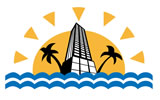Panama Canal
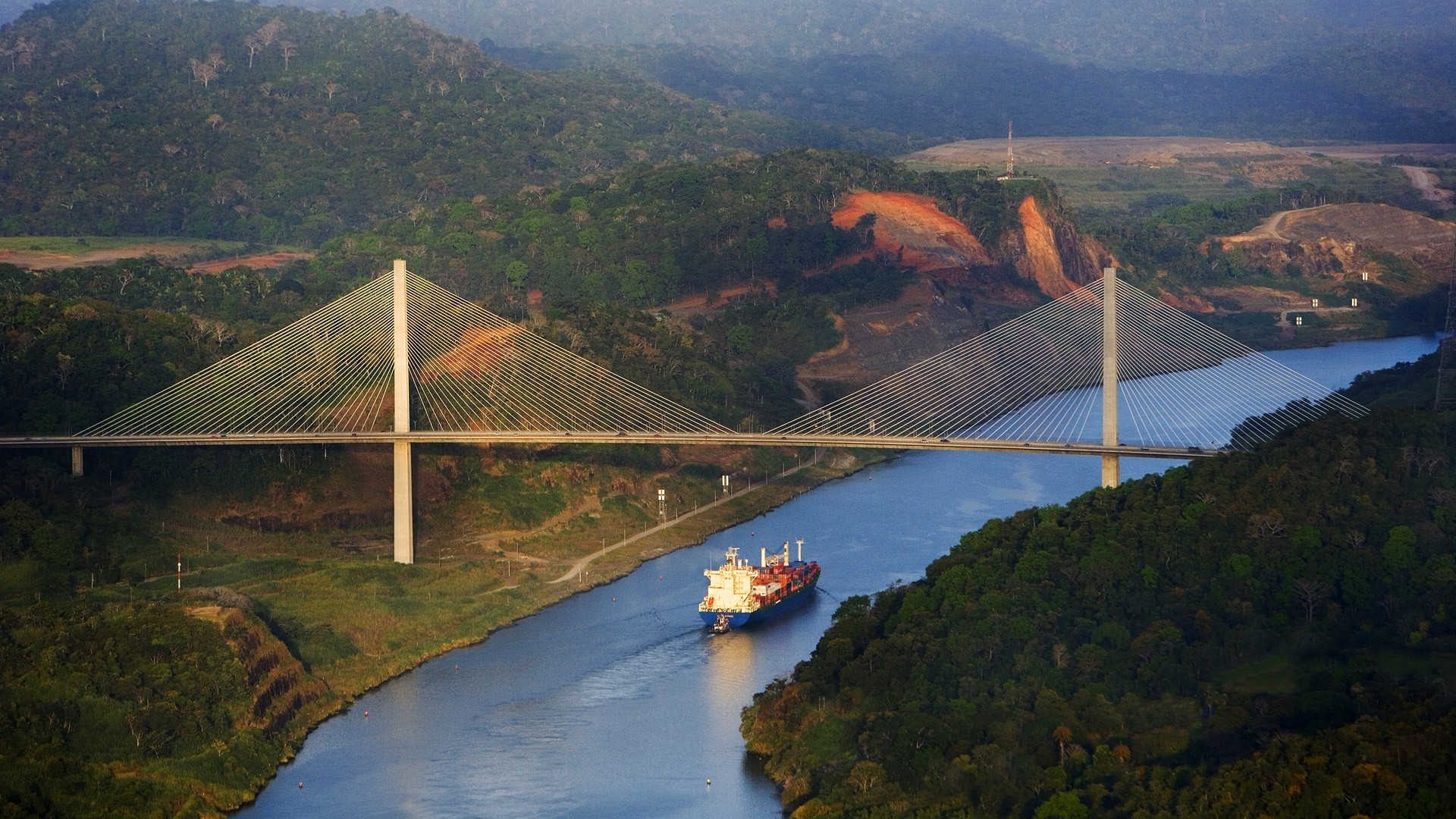
The Panama Canal if often called the eighth wonder of the world. This masterpiece of engineering is one of the most busy, longest and complicated manmade waterways. And hardly any of engineering structures have such a dramatic and rich history.
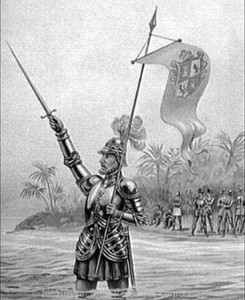 First man to cross the Isthmus by land was the Spaniard Vasco Nunez de Balboa, the former plantations owner. He had to flee from lenders and in 1513 he crossed the Isthmus having 180 soldiers and 600 Indians, and a pack of dogs to accompany him. His adventure was full of troubles, as the jungles used to be full of dangers and hostile indigenous tribes. But after all he reached a high ridge in the North-West Coast Golden Castile and saw a breathtaking coastline of the South Sea (the former name for Pacific Ocean).
First man to cross the Isthmus by land was the Spaniard Vasco Nunez de Balboa, the former plantations owner. He had to flee from lenders and in 1513 he crossed the Isthmus having 180 soldiers and 600 Indians, and a pack of dogs to accompany him. His adventure was full of troubles, as the jungles used to be full of dangers and hostile indigenous tribes. But after all he reached a high ridge in the North-West Coast Golden Castile and saw a breathtaking coastline of the South Sea (the former name for Pacific Ocean).
Since then the idea of connecting two coasts by a waterway almost never left the minds of traders and adventurers.
But only in the XIX century, the project began to seem real. Panama was notorious among Europeans and Americans for its climate and jungles full of tropical beasts. In 1835, the American Army Colonel Charles Biddle studied the possibility of opening the waterway. Only after four days in the jungle, the colonel concluded that the construction of the canal will not only lead to incalculable victims, but reported that due to a complicated terrain it will be impossible.
However in 1876 a group of French from Geographical Society, who were inspired by successful construction of the Suez Canal, established a joint stock company with Chairman Ferdinand de Lesseps in charge, the engineer who designed and built the Suez Canal. After a few estimations and decision that the Canal should be built between Lyman Bay and Panama City, the French signed an agreement with Colombia and received the right to build and control the Isthmus for next 99 years. At the end, all the rights should have been returned to Colombia without any compensation. In 1879, the newly created corporation began to trade stocks. Shareholders were amazed with potential prospects and the project quickly became a hit. Hundreds of thousands of people invested in it; often it was their last money.
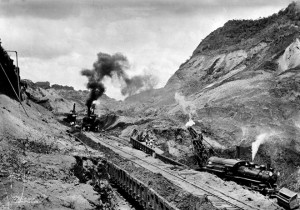 January 1, 1880 at the mouth of Rio Grande River the project had the ceremony of laying the first stone. At this time, there were at least 19,000 workers busy on the project. However, the works moved forward with many problems and by 1885 only 10% of the planned works were finished. Unforeseen technical difficulties and tropical climate made the target highly complicated. Malarial swamps and unsanitary conditions killed hundreds of people. Lack of drugs and facilities to take care of sick made this job very risky.
January 1, 1880 at the mouth of Rio Grande River the project had the ceremony of laying the first stone. At this time, there were at least 19,000 workers busy on the project. However, the works moved forward with many problems and by 1885 only 10% of the planned works were finished. Unforeseen technical difficulties and tropical climate made the target highly complicated. Malarial swamps and unsanitary conditions killed hundreds of people. Lack of drugs and facilities to take care of sick made this job very risky.
The Isthmus has very complicated terrain – it is a mixture of hard and soft rock positioned in different quantities and angles. Add to this heating sun, high humidity, tropical rains, floods and the last but not least yellow fever.
Such difficulties caused to close the company in 1889. Complete halt happened in 1894. The Chairman, Lesseps, his son and famous creator of Eiffel Tower were accused in large-scale fraud, mismanagement of funds and later were sentenced to prison and fines. Later Ferdinand Lesseps went mad and died at age 89, but his son lived until 1923 and saw the completion o the Canal. Laterherehabilitatedthegoodnameofhisfather.
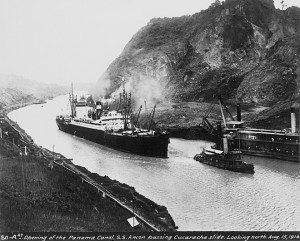 These events were later named “The Great Panama fraud” and for a long time, the word “Panama” had caused bad impressions. In 1898 the French government fearing to lose everything, offered the American President William McKinley to buy out the right for construction for $40 million. The Americans, although hesitated, decided to accept the offer. However, Colombian government prevented and vetoed the resolution to transfer the control. Instead, United States provoked rebellion to fight for independence from Colombia and helped them to gain independence. Later they signed an agreement with the US, in which Americans had the unlimited rights and time over the Canal and land around it.
These events were later named “The Great Panama fraud” and for a long time, the word “Panama” had caused bad impressions. In 1898 the French government fearing to lose everything, offered the American President William McKinley to buy out the right for construction for $40 million. The Americans, although hesitated, decided to accept the offer. However, Colombian government prevented and vetoed the resolution to transfer the control. Instead, United States provoked rebellion to fight for independence from Colombia and helped them to gain independence. Later they signed an agreement with the US, in which Americans had the unlimited rights and time over the Canal and land around it.
The works were resumed in 1903. The Americans knew how to control the yellow fever better and this time there were fewer casualties.
Finally, August 15, 1914 the Panama Canal welcomed its first visitor – Cristobal vessel. But the official opening of the canal took place only July 12, 1920.
